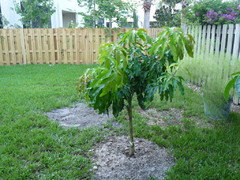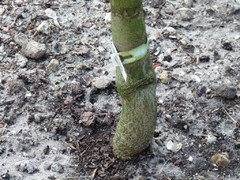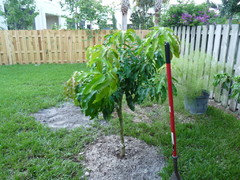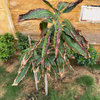Nam Doc Mai #4
bsbullie
12 years ago
Featured Answer
Comments (23)
jeffhagen
12 years agobsbullie
12 years agoRelated Professionals
Cottonwood Landscape Architects & Landscape Designers · Roosevelt Landscape Architects & Landscape Designers · South Orange Landscape Architects & Landscape Designers · Frisco Landscape Contractors · Darien Landscape Contractors · Deerfield Beach Landscape Contractors · Hampton Bays Landscape Contractors · Huntley Landscape Contractors · Mission Bend Landscape Contractors · Northbridge Landscape Contractors · Snoqualmie Landscape Contractors · View Park-Windsor Hills Landscape Contractors · Wallingford Landscape Contractors · West Palm Beach Landscape Contractors · East Norriton Landscape Contractorsbsbullie
12 years agomurahilin
12 years agobsbullie
12 years agojeffhagen
12 years agojeffhagen
12 years agobsbullie
12 years agojeffhagen
12 years agomurahilin
12 years agojeffhagen
12 years agojeffhagen
12 years agobsbullie
12 years agotropicalgrower89
12 years agojeffhagen
12 years agotropicalgrower89
12 years agojeffhagen
12 years agobsbullie
12 years agobsbullie
12 years agojeffhagen
12 years agotropicalgrower89
12 years agored_sea_me
12 years ago
Related Stories

ORGANIZINGWant to Streamline Your Life? Get a System
Reduce stress and free up more time for the things that really matter by establishing specific procedures for everyday tasks
Full StoryMore Discussions












hmhausman